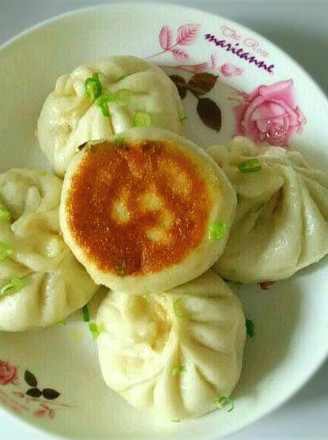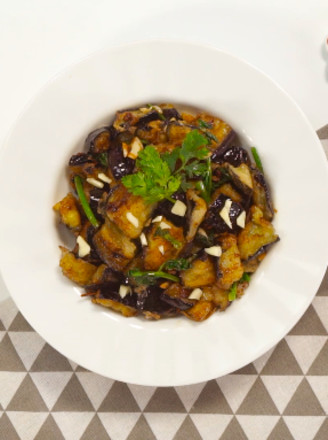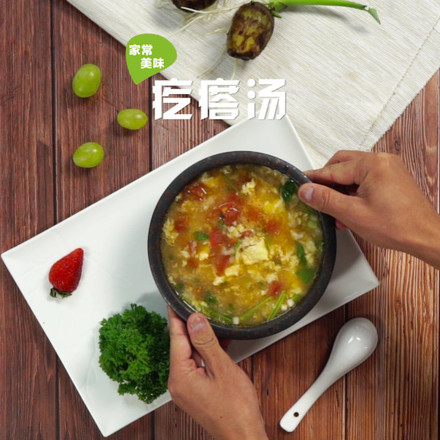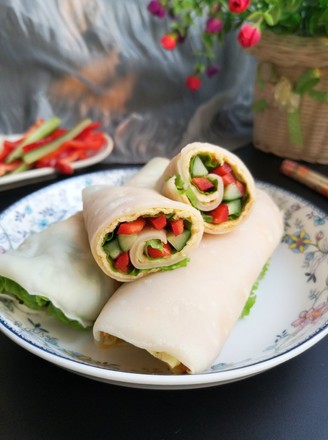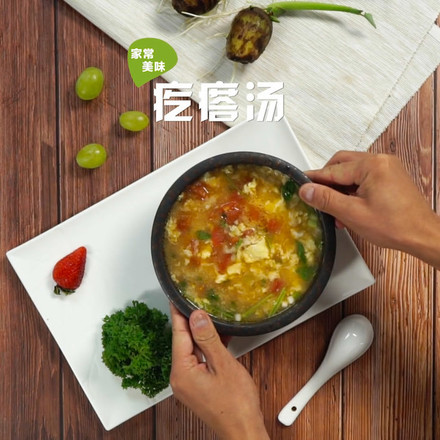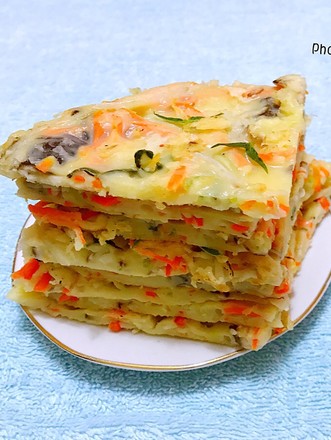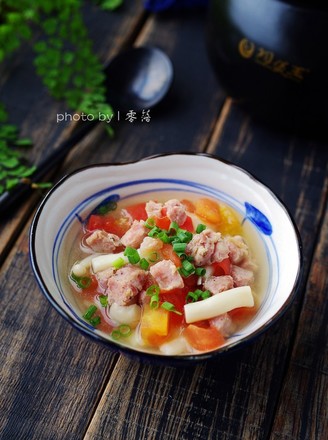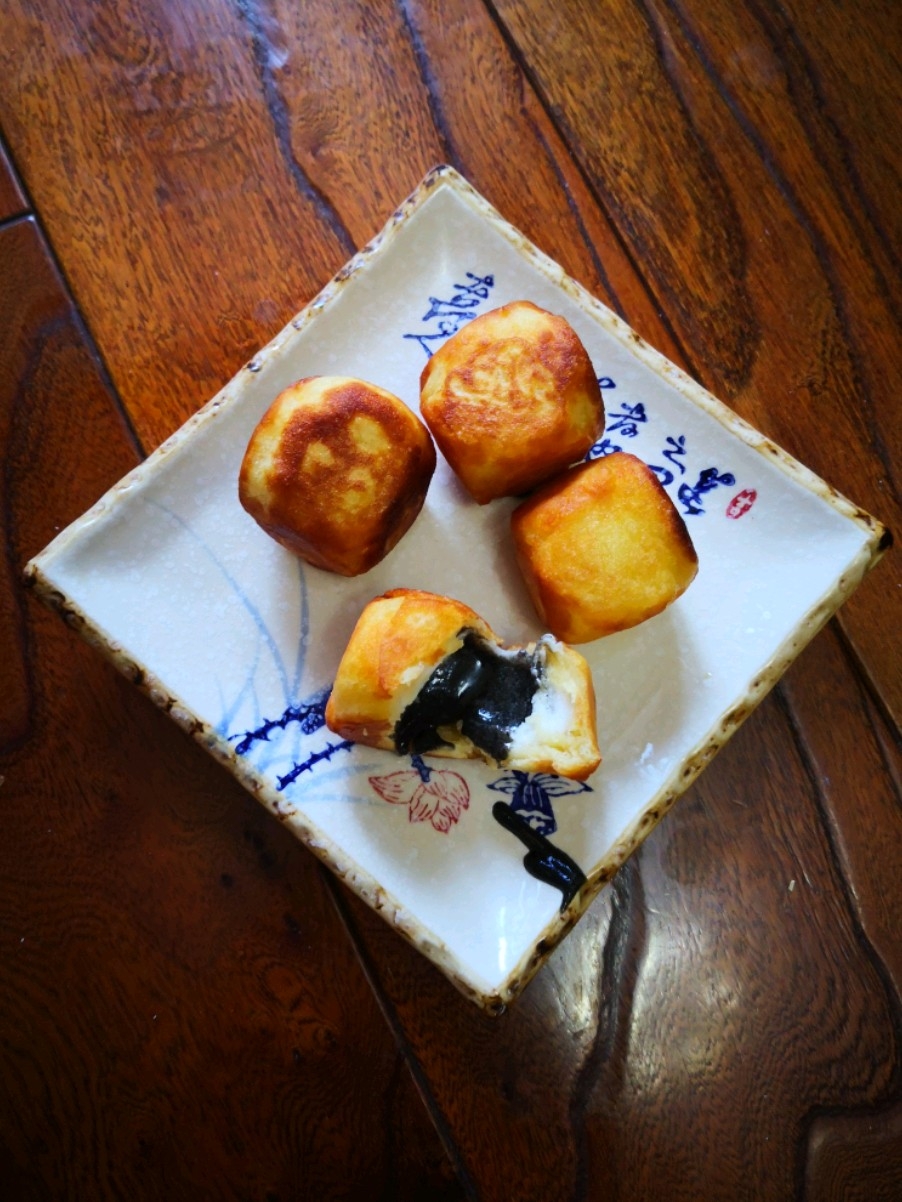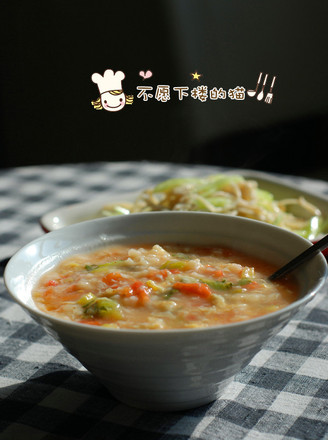Hebei Fried Bun
1.
Pour the yeast powder into warm water and stir until it dissolves, and then slowly add the warm water to the flour. Do not add the yeast water all at once. According to your kneading feel, add it bit by bit. It is more suitable for making buns. Microsoft a little bit. Cover the kneaded dough with a lid and leave it in a warm place to ferment to twice its size (the fermentation temperature will directly affect the fermentation time of the dough. In the hot summer, the dough can be fermented in about 40-50 minutes. Fermentation at 20-27 degrees Celsius) The fermentation time of the dough under the environment takes about 2 hours or so). Add minced shallots, salt, sesame oil, light soy sauce, ginger foam, and water starch to the pork filling, stir well, and marinate for about 10 minutes


2.
Sprinkle a little flour on the chopping board to prevent sticking, place the dough on the chopping board and continue to knead for 3-5 minutes to exhaust air, and then knead the dough into a strip. After cutting into about 15 grams each of the small pasta, roll out into a round dough. Put an appropriate amount of minced meat in the middle of the dough and knead into a small bun. If you find it more troublesome, you can squeeze it casually without revealing the filling, and close the mouth downward. After kneading, the raw embryos of the buns must be placed in a warm place and fermented twice. The buns can grow up slightly; take 1 teaspoon of flour and half a bowl of water, and adjust to a thinner flour and water for later use.


3.
Spread a little oil on the pancake stall, put a small bun on a low heat to 7 layers, and fry until the bottom of the bun is golden. Stir half of the bowl of flour and water with chopsticks and pour it into the pot, cover and fry again, pay attention to observation water. After the water is boiled, add half a bowl to the pot until the water is boiled off and turn off the heat. Turn off the heat and simmer for a few minutes to get out of the pot


Tips:
1. Don't put too much oil. The reason why the simmered buns are called simmered buns, not fried buns, or simply fried buns, is for a reason. The oil is just to keep the bottom of the pot from sticking. ;
2. The squeezed bun embryos must be placed in a warm place, covered with a damp cloth and fermented twice. If the buns are not fermented twice, the buns will look like dead noodles and the taste will not be good.
3. Fry on low heat throughout the whole process. After turning off the heat, do not remove the lid immediately. Continue to simmer for 3 to 5 minutes before removing the lid.
4. If you are not using a pancake or a common pan, but a very old and thick iron pan, then turn off the fire after the oil is hot, and then put the buns in one by one, because at this time the pan It's already very hot. If you don't turn off the heat, just put the buns one by one, which will cause the first bun to be a little muddy when you put the last bun in. So turn off the fire first, and then put the buns, there is no pressure. According to the situation, if you are quick, it doesn't matter if you don't turn off the fire.
5. Flour water should be prepared with warm water of forty to fifty degrees. Do not use cold water or boiled water, because it will cause the raw dough to be scalded to death or the temperature is too low to make it rise. There is a common risk that the skin of the bun will be hard and collapsed, just like the surface of cold water. The amount of flour and water depends on the stuffing of the buns: if it is minced meat, the skin will not be cooked, so you need to pour more water, if it’s vegetarian stuffing, it will be a little less, less than about one-third. The buns will do.
6. Check whether the buns are cooked: Touch the buns with chopsticks. If the buns bounce back elastically after pressing down, then they are cooked. The unfamiliar bun skin, if you press it down, it will be a hole and won't bounce.
7. The heat of the electric baking pan is relatively slow, so you can't add too much water at one time, you can add a small amount of it multiple times. If you are using a pan or rice cooker, add water to half of the raw embryo.

